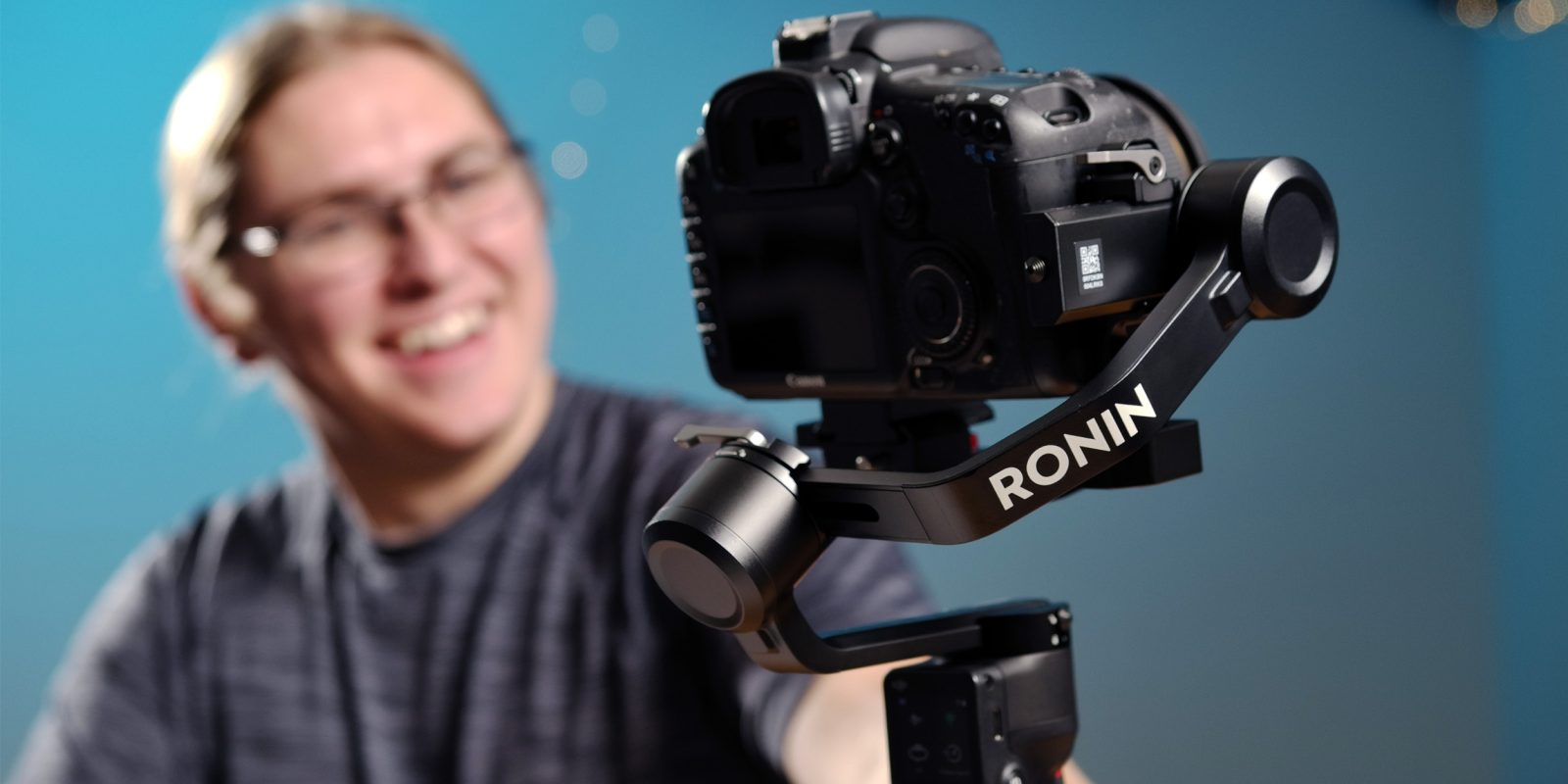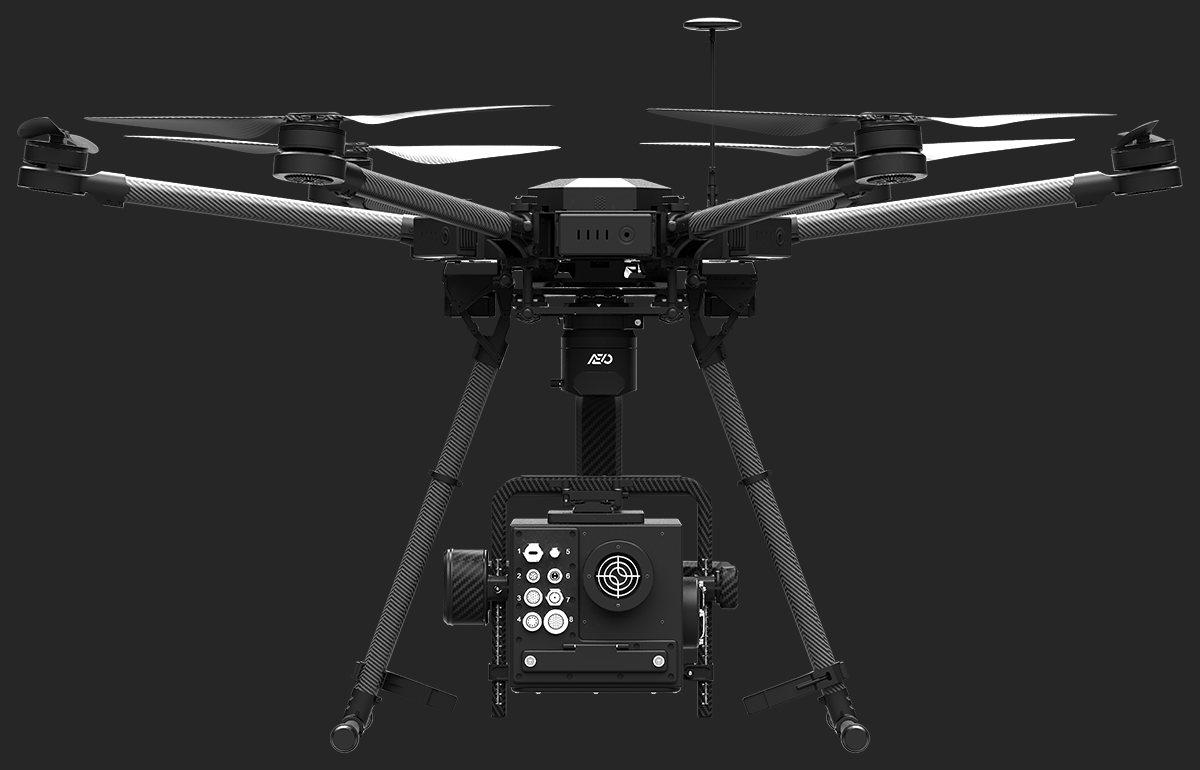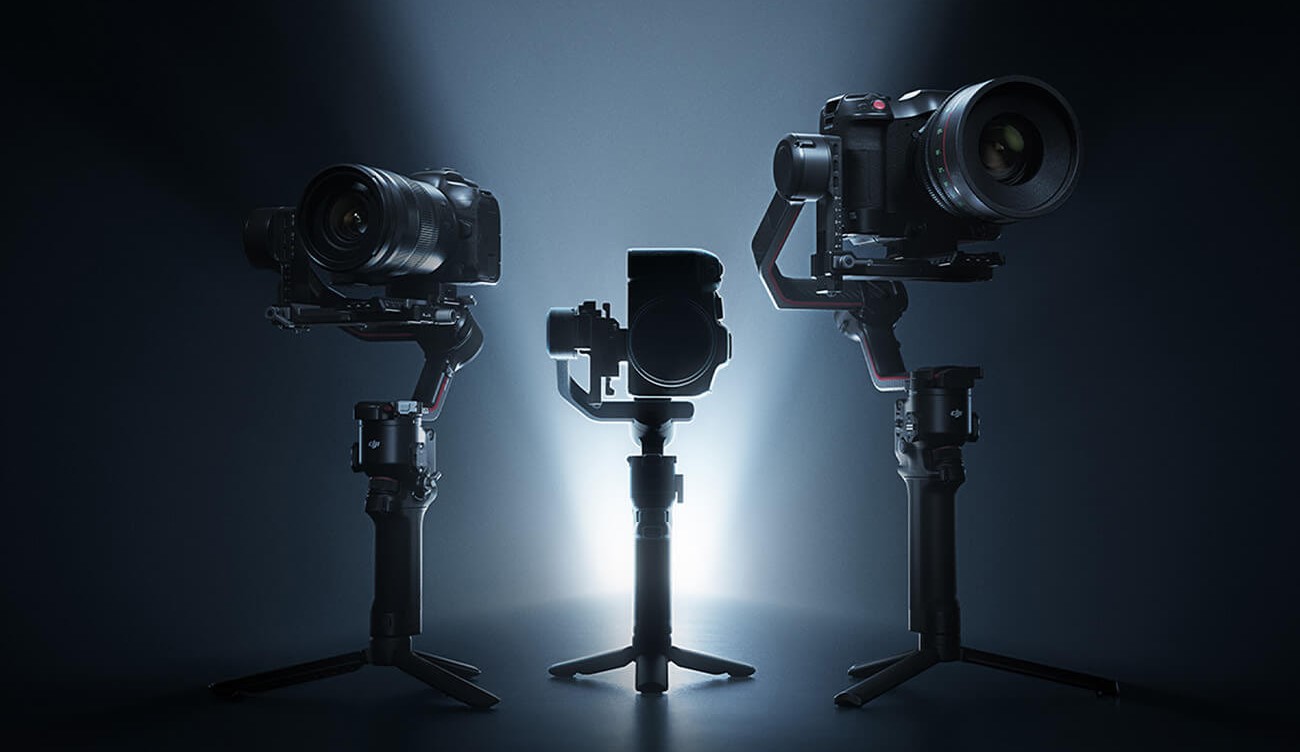
Camera stabilization on the go: DJI RS 3 Mini hands-on and first impressions [Video]
Today, DJI announced their latest gimbal to stabilize your video: the RS 3 Mini. It joins the RS 3 and RS 3 Pro, but enters as a lower-cost and lighter-weight alternative made for use with mirrorless cameras like the Canon R5. I’ve had the RS 3 for a few days now, and I already have a few things that I like and a few that I don’t about DJI’s latest product.
Expand Expanding Close



